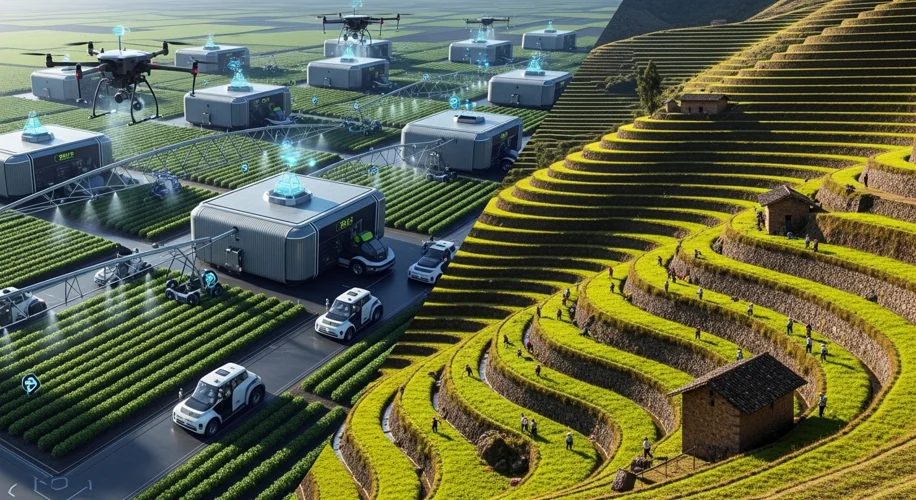As someone who spends a lot of time looking at market trends and future technologies, I often find myself drawn to the past. Not in a nostalgic way, but to find practical lessons that still hold up. Today, I want to talk about something that affects us all: food and how we grow it. We’re facing challenges like food security and making sure we use our resources wisely. It turns out, our ancestors might have had some pretty solid answers.
Think about it. For thousands of years, people fed entire civilizations without modern machinery or synthetic fertilizers. How did they do it? They relied on deep knowledge of natural systems and time-tested techniques. Let’s look at a few.
Understanding the Soil: Ancient farmers knew their soil intimately. They recognized different soil types – sandy, clay, loamy – and understood their properties. They didn’t just throw seeds down; they worked with the soil. This meant practices like crop rotation, which we still use today. By rotating crops like legumes (which fix nitrogen) with grains, they replenished soil nutrients naturally, rather than depleting them. This is a direct lesson for modern agriculture trying to reduce its reliance on chemical inputs.
Water Management: Water is life, and managing it was crucial. Techniques like terracing, common in mountainous regions like the Andes or parts of Asia, prevented soil erosion and conserved water by creating level planting surfaces. These terraces slowed down runoff, allowing water to seep into the ground. Another example is ancient irrigation systems, like the qanats in Persia, which were underground channels that brought water from aquifers to fields, minimizing evaporation. These methods show a sophisticated understanding of hydrology and resource efficiency.
Biodiversity and Resilience: Our ancestors didn’t rely on just one or two staple crops. They cultivated a wide variety of plants, often including local, hardy species. This biodiversity made their food systems more resilient. If one crop failed due to disease or weather, others would likely survive, ensuring a consistent food supply. This contrasts with modern industrial agriculture’s focus on monocultures, which can be vulnerable to widespread failure.
Waste Not, Want Not: “Waste” as we know it barely existed. Animal manure was carefully collected and composted to fertilize fields. Plant residues were returned to the soil. Even human waste was sometimes managed and used as fertilizer, though this requires careful processing to avoid health risks. The principle was simple: return nutrients to the earth to keep the cycle going. This circular approach is a core concept in modern sustainability.
What does this mean for us?
While we have incredible technology today, these ancient principles offer valuable insights. They remind us that working with nature, rather than against it, can lead to more sustainable and resilient systems. For those of us interested in how things work, from financial markets to resource management, understanding these foundational practices gives us a broader perspective. It’s about efficiency, long-term thinking, and respecting the natural cycles that support us. These aren’t just old farming tricks; they are practical strategies for building a more secure and sustainable future, one that benefits us all.

